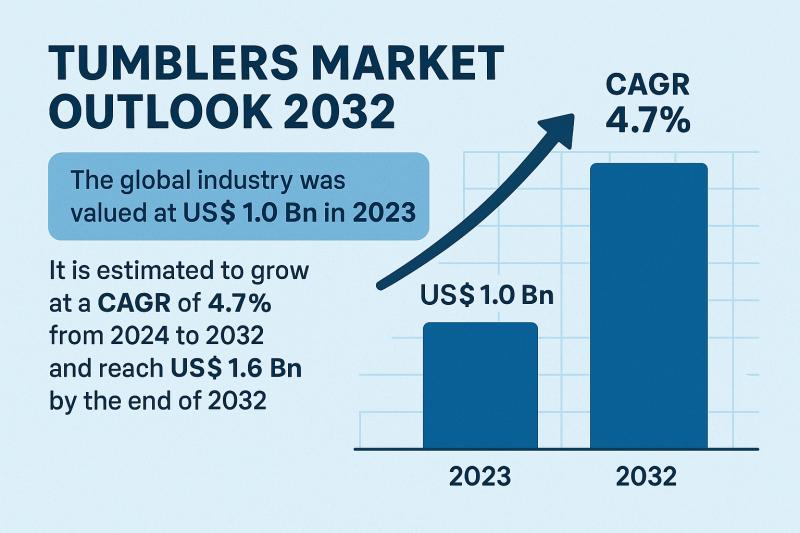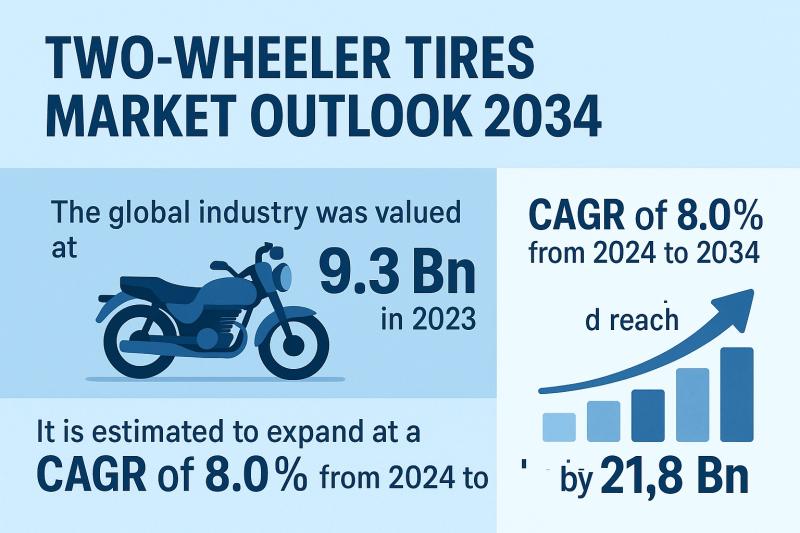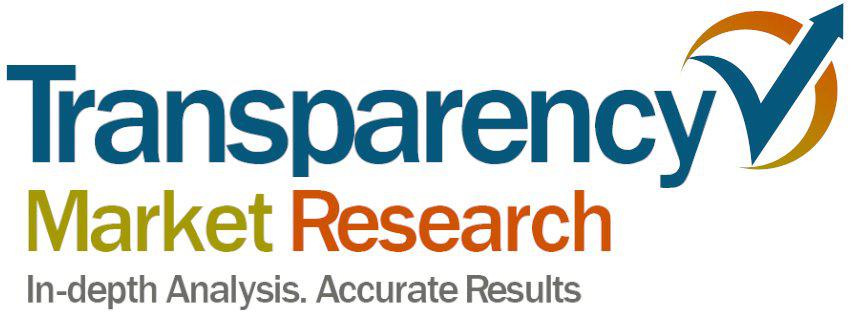Press release
Growing infrastructure activities & high performance coating materials in construction are expected to drive Architectural Coating Market
Architectural coatings are paints and coatings used to coat buildings and homes. These coatings are used primarily in stationary structures and decorative interiors such as curbs, pavements, lawns, fields, wooden floors, furniture, paintings, and sculptures. Paints and coatings are not used merely for decorative purposes; they also help protect environment and enhance the functionality and durability of the materials used in making coatings.Architectural coatings include paints, sealers, and specialty coatings. They form a protective and decorative layer on the architectural surface in indoor as well as outdoor applications. Architectural coatings can be applied to the surface using sprayers, rollers, and brushes. Powdered particles or liquid coatings can be changed into solid coatings by four types: cross- linking, evaporation, coalescence, and fusion bonding. Cross-linking is the process wherein polymers react together to form a linked network known as curing. Radiation-cured, moisture-cured, and multi component coatings depend on cross linking.
Get PDF Brochure for more Professional and Technical insights :
http://www.transparencymarketresearch.com/sample/sample.php?flag=B&rep_id=19343
Evaporation technique is generally used when there is low solid content and high organic solvent, then on application with substrate solvent evaporates, and leaves behind pure solid coating. Coalescence occurs mostly in latex based polymers. A polymer with below glass transition temperature is added with a coagulating agent to lower this property and leads to film formation. Fusion bonding commonly involves pure solid particles and powder coatings. In fusion bonding, a solid is coated on the substrate using electrolytic spray or fluidized bed, which is then heated to form a continuous film. Fusion Bonding is primarily used in thermoset coating, thermoplastic coatings, and moisture-cured coatings.
Based on their function, the architectural coatings market can be segmented into ceramics, inks, lacquers, paints, powder coatings, primers, sealers, stains, and varnishes, while in terms of composition, the architectural coatings market can be divided into acrylic, alkyds, epoxy, and urethane. Introduction of acrylic emulsions, which are used as paint binders, is one of the major technology advancements in the architectural coating market. Architectural coating have new specifications such as coverage area, high resistivity, high dielectric strength, and long lifespan. Growing infrastructure activities and increase in demand for highly durable and high performance coating materials in construction activities are expected to drive the global architectural coating market. Architectural coatings primarily aim to prevent corrosion and rusting of metallic parts. Rise in environmental concerns and increase in health hazards have led to implementation of various regulations such as the National Volatile Organic Compound Emission Standards by the U.S. Environmental Protection Agency. Similarly, the European Commission has imposed REACH for VOC emissions. These regulations aim at protection human health as well as the environment. REACH also promotes new innovative methods for hazard assessment of substances that will reduced test on animals. Increase in safety concerns for fireproof and waterproof coatings on building materials is also driving the market for architectural coatings. Transportation is one of the major applications, which involves coatings of cars, buses, rails, and ships.
Asia Pacific is one of the key regions for the architectural coating market due to the large number of construction and commercial spaces, especially in China, India, and Japan. The architectural coating market in the region is expanding in commercial as well as residential segments. Increase in renovation and restoration activities are moderately driving the growth of the architectural coating market in North America and Europe. Technology advancements in architectural coating is expected to boost the market in these regions. Rest of the World accounts for small share of the global architectural coating market; however, the market in the region is anticipated to expand in the next few years.
Major players operating in the architectural coating market are PPG Industries, Inc, RPM International Inc., The Valspar Corp., BASF Coatings, Nippon Paint Holdings Co., and Asian Paints Limited.
The report offers a comprehensive evaluation of the market. It does so via in-depth qualitative insights, historical data, and verifiable projections about market size. The projections featured in the report have been derived using proven research methodologies and assumptions. By doing so, the research report serves as a repository of analysis and information for every facet of the market, including but not limited to: Regional markets, technology, types, and applications.
The study is a source of reliable data on:
Market segments and sub-segments
Market trends and dynamics
Supply and demand
Market size
Current trends/opportunities/challenges
Competitive landscape
Technological breakthroughs
Value chain and stakeholder analysis
The regional analysis covers:
North America (U.S. and Canada)
Latin America (Mexico, Brazil, Peru, Chile, and others)
Western Europe (Germany, U.K., France, Spain, Italy, Nordic countries, Belgium, Netherlands, and Luxembourg)
Eastern Europe (Poland and Russia)
Asia Pacific (China, India, Japan, ASEAN, Australia, and New Zealand)
Middle East and Africa (GCC, Southern Africa, and North Africa)
About Us
Transparency Market Research (TMR) is a market intelligence company, providing global business information reports and services. Our exclusive blend of quantitative forecasting and trends analysis provides forward-looking insight for thousands of decision makers. TMR's experienced team of Analysts, Researchers, and Consultants, use proprietary data sources and various tools and techniques to gather and analyze information.
Our data repository is continuously updated and revised by a team of research experts, so that it always reflects the latest trends and information. With a broad research and analysis capability, Transparency Market Research employs rigorous primary and secondary research techniques in developing distinctive data sets and research material for business reports.
Contact Us
Transparency Market Research
90 State Street, Suite 700
Albany, NY 12207
Tel: +1-518-618-1030
USA - Canada Toll Free: 866-552-3453
Email: sales@transparencymarketresearch.com
Website: http://www.transparencymarketresearch.com/
This release was published on openPR.
Permanent link to this press release:
Copy
Please set a link in the press area of your homepage to this press release on openPR. openPR disclaims liability for any content contained in this release.
You can edit or delete your press release Growing infrastructure activities & high performance coating materials in construction are expected to drive Architectural Coating Market here
News-ID: 435023 • Views: …
More Releases from Transparency Market Research

U.S. Acoustics Market Set to Reach US$ 2.3 Billion by 2034 Amid Rising Focus on …
The U.S. acoustics market is entering a phase of robust growth as demand surges for noise reduction solutions across residential, commercial, industrial, and transport sectors. According to the latest industry analysis, the market-valued at USD 1.3 billion in 2023-is projected to expand at a CAGR of 5.2% from 2024 to 2034, reaching USD 2.3 billion by 2034.
Growing awareness of noise-related health risks, the need for acoustically optimized spaces, an expansion…

Tumblers Market to Reach USD 1.6 Bn by 2032, Driven by Outdoor Lifestyle Trends …
The global Tumblers Market is poised for steady growth over the next decade, according to a newly released market research report titled "Tumblers Market - Global Industry Analysis, Size, Share, Growth, Trends, and Forecast, 2024-2032." The market, valued at US$ 1.0 Bn in 2023, is projected to expand at a CAGR of 4.7% and reach US$ 1.6 Bn by 2032, driven by lifestyle shifts, rising outdoor recreational activities, and increasing…

Turmeric Oleoresin Market Set to Reach USD 192.2 Million by 2034, Driven by Surg …
The global turmeric oleoresin market, valued at US$ 75.5 million in 2023, is projected to exhibit strong growth throughout the forecast period. According to the latest industry assessment, the market is expected to rise at a CAGR of 8.8% from 2024 to 2034, reaching an estimated value of US$ 192.2 million by 2034.
Rising awareness of plant-based ingredients, growing health consciousness among consumers, and rapid expansion of functional foods, nutraceuticals, and…

Two-wheeler Tires Market to Reach USD 21.8 Bn by 2034, Driven by EV Adoption, Ri …
The global Two-wheeler Tires Market, valued at US$ 9.3 Bn in 2023, is projected to grow at a robust CAGR of 8.0% from 2024 to 2034, reaching US$ 21.8 Bn by 2034, according to a new market study. Strong demand for personal mobility, the rise of electric two-wheelers, and heightened consumer preference for durable and fuel-efficient tires are among the core factors propelling market expansion.
Gain a preview of important insights…
More Releases for Architectural
Architectural Hardware Market
According to a new report published by Allied Market Research, titled, " Architectural Hardware Market by Application, and End User: Global Opportunity Analysis and Industry Forecast, 2019-2026," the global architectural hardware market size was valued at $15.9 billion in 2018, and is projected to reach $23.2 billion by 2026, growing at a CAGR of 6.8% from 2019 to 2026. Architectural hardware is a type of hardware that includes doors, windows,…
Architectural Guide Moon
Mankind first reached the moon on July 21, 1969. This celestial body had always been a place of longing for earth's inhabitants but this date really set things in motion. Luna, Ranger and Apollo - these and all of the other missions that followed contributed to the fact that we can now seriously consider settling on the moon - and in a manner that is quite different from the…
Architectural Guide Monterrey
Monterrey is known as ‘the city of the mountains’, in reference to its privileged location at the foothills of the Sierra Madre. The city, founded in the north-east of Mexico in 1596, remained dormant until the turn of the 20th century, when it went through a period of rapid industrial growth that transformed it into a prosperous city. Today, Monterrey is an important metropolis brimming with culture, education, and business.
In…
Architectural Guide Minsk
Minsk, founded in 1067, was a small, inconspicuous town lost in the backwoods of Eastern Europe for many centuries. Ironically, it was the devastation caused by the Second World War that drove the Soviet authorities to transform Minsk into a major city of true importance. The post-war development turned Minsk into one of the world’s fastest growing cities in the 1960s and 1970s and also left behind bright, visible traces…
Architectural Guide Iran
From the Safavids to the Iranian Revolution
Iran has one of the oldest urban cultures, dating back over 4,000 years. In the Architectural Guide Iran, the author and architect Thomas Meyer-Wieser explores Iranian architecture, from the Safavids to the Iranian Revolution, with the help of 360 buildings and projects in Isfahan, Shiraz, and Tehran. On the fictional tour of these three cities - alternating capital, depending on the ruling dynasty -…
Architectural Guide Berlin
With additional contributions by Philipp Meuser and Martin Pueschel
In no other place in Europe have changing ideologies and differing urban planning models left such a far-reaching mark as in Berlin. The German capital enables the reader to make a literal journey through history. In the shape of four excursions, the Architectural Guide Berlin presents prominent architectural highlights from Kurfürstendamm in the West to the prefab housing estates of the East.
The…
